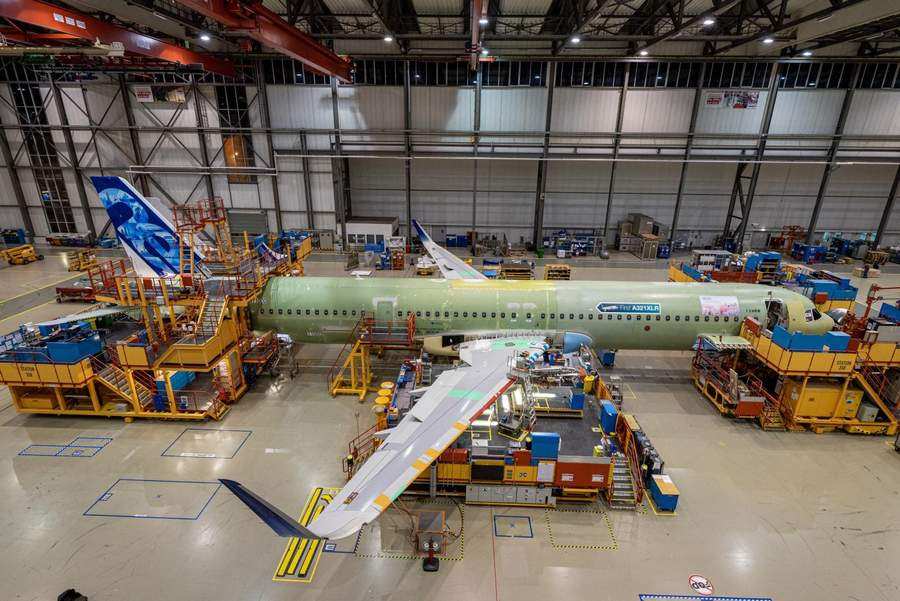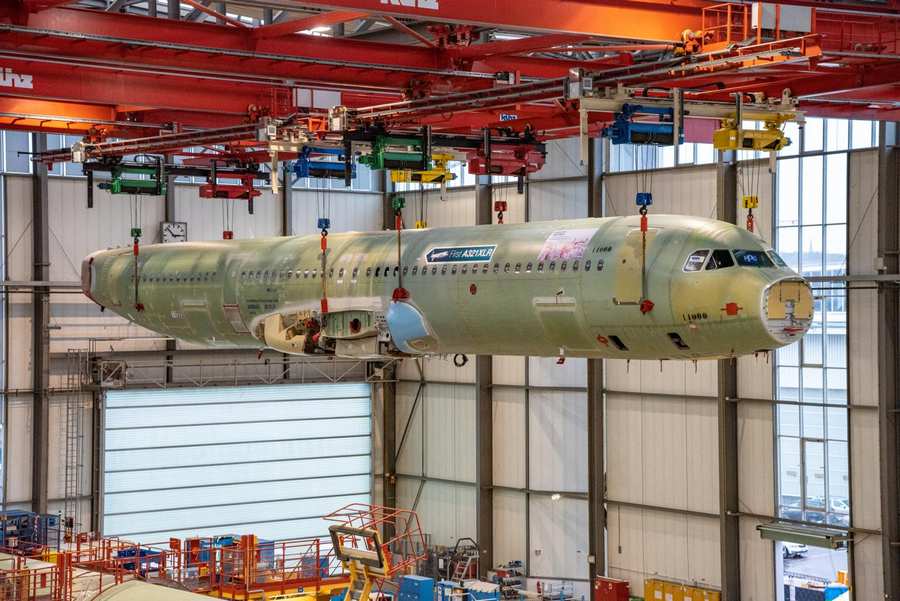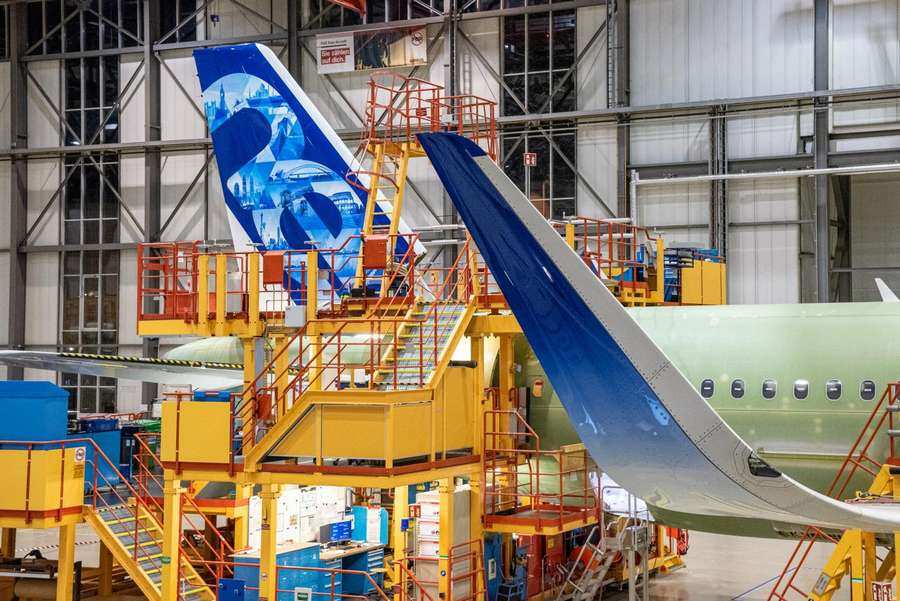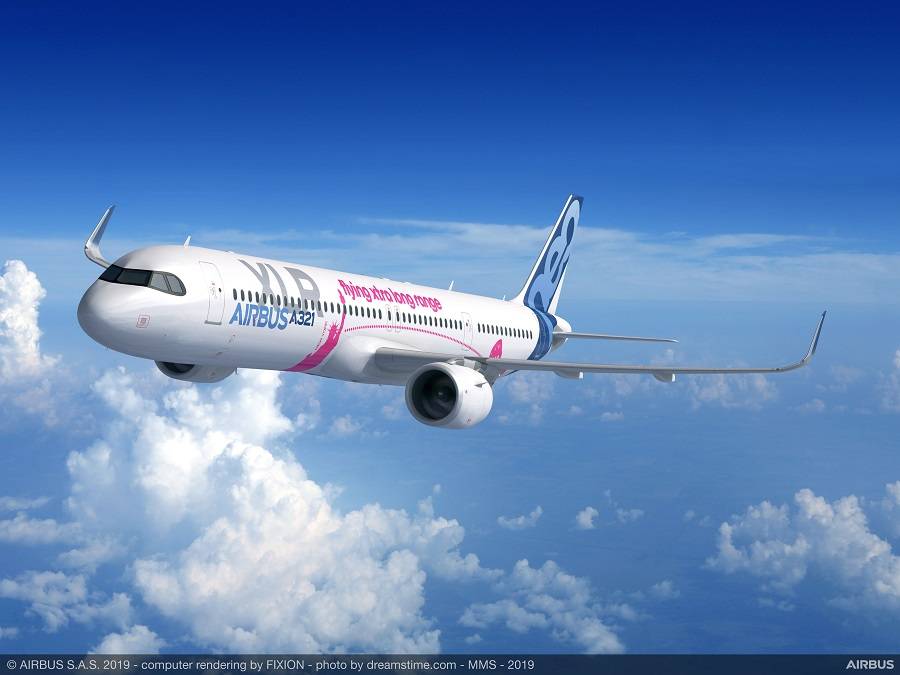Is the eagerly-awaited Airbus A321XLR all about increasing range, or does it involve cargo? The answer isn’t as obvious as you may think.
Airbus has nearly completed the final assembly of the first A321XLR flight test article. But despite the stir the plane has caused, many still don’t understand its real purpose. Airbus hasn’t helped things by giving the aircraft the name it has – which is a bit misleading. But in a strange way, this aircraft could become the ideal single-aisle jet for the post-pandemic era.

We have previously discussed this aircraft, and how it differs from the current A321LR. Instead of removable fuel tanks in its cargo hold, the A321XLR gets its range boost thanks to a new, integrated tank. This Rear-Centre-Tank (RCT) is part of the structure of the aircraft and doesn’t take up [as much] room in the aircraft’s hold. But the aircraft incorporates more changes, with optimized flaps and other details.
A321XLR – The Right Range With The Right Cargo Capacity
That the role of the A321XLR is at least in part to do with cargo, as well as range, is made obvious by its very existence. The aircraft has a longer range than the A321LR. But on its own, the range difference between these two jets isn’t really big enough, to justify the A321XLR’s development. The LR’s range is 4,000 nautical miles – nominally. But in testing, it has flown as far as 4,700 nm, with realistic (albeit less dense) loads.

The A321XLR has a 4,700 nautical-mile range, but it has more cargo volume than the LR. And this really matters, even for long routes with relatively few passengers. Since the start of the pandemic, we have seen that airlines have begun paying more attention to cargo operations. This meant getting new freighters, for some. For others, it means optimizing cargo operations in their passenger fleets.
And this has serious implications for planned long-haul operations with single-aisle aircraft. Of course, such operations are nothing new. Old 707s aside, even 757s were and are a way across oceans for some operators. And while Airbuses like the A321LR and A321XLR could have the range to replace 757s, in practice they also need the cargo capacity.

Not For Everyone?
It is this need for cargo capacity, not range, that is drawing existing A321neo users to the A321XLR. But this doesn’t necessarily mean that it will appeal to all carriers. Airlines that already have widebodies, could decide that the ability of these jets to carry more freight, makes them more viable than a smaller plane. That’s even if it’s an efficient aircraft, like the A321XLR.

The range and cargo capacity of the A321XLR could also make it the basis for an A321F factory freighter. We have seen that this program isn’t a very high priority for Airbus. But if its time comes, the XLR configuration, with extra room in the hold, would make it a natural choice. Pratt & Whitney’s more powerful GTF ‘Advantage’ engine could come into play for this model, as well. However, the first XLR prototype will have CFM’s LEAP-1A engines.
Airbus plans to assemble three development aircraft for its A321XLR program. And while finishing the assembly of the first one will be a milestone, the key work has already been done. That is the manufacturing and assembly of the centre section of the fuselage, that separates the XLR from other A321neos. 2022 will be a big year for this airliner!



